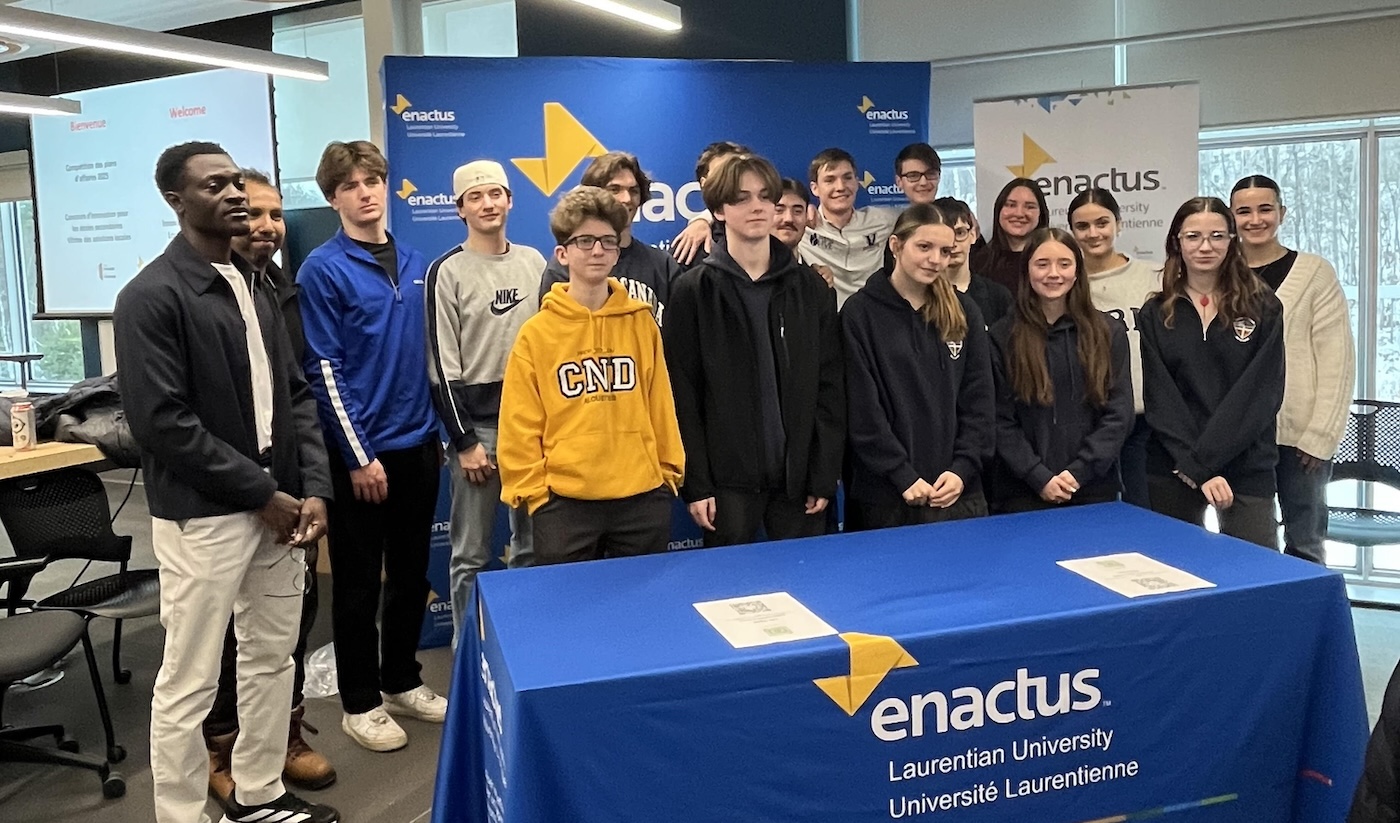June 22nd, 2021 | 4-minute read
IT’S OFFICIAL! McEwen School of Architecture is Canada’s 12th and Newest fully accredited School of Architecture!
English, Francophone, First Nations, Métis, and Inuit perspectives are all central to the unique tri-cultural mandate of the program.
